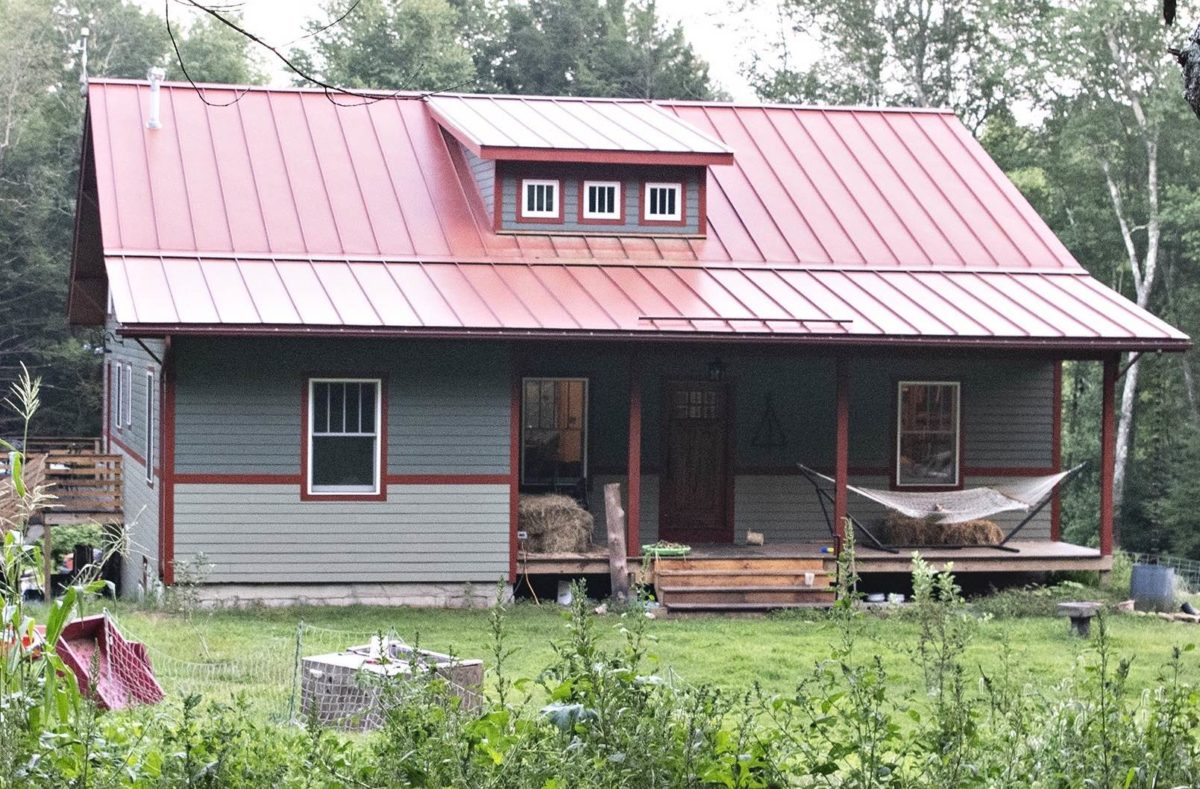
The built environment is responsible for the vast majority—over 60 percent of energy use—of our nation’s carbon problem, if you include industrial facilities. And with every new building, every year, we keep adding to that mountain of carbon debt. With the carbon budget and time we have left to stabilize our climate and avoid the worst impacts of climate change, there just isn’t room for new buildings to add to the problem.
As we search for the big, non-incremental changes we need to make—those radical changes the Pope and others have asked us to pursue to address our climate injustice—zeroing out energy use in new buildings is a no-brainer.
The good news: This is doable. We’ve already hit peak building-sector energy use and have begun to decouple buildings growth from energy and carbon.
- Even better news: In the U.S., 2020 launched with the critical approval of the Zero Code for buildings. The code requires new buildings to consume zero energy, on balance. In other words, a building has to produce as much energy as it uses. Buildings can do this in three ways:
- Ramping up traditional efficiency, such as tighter building envelopes, triple-glazed high-performance windows, insulation, special fans that capture the energy from your home’s air before expelling it, and heat-recovery ventilators;
- Getting off fossil fuels and instead using electricity to cook, run dryers, and heat water and air—appliances that save both energy and carbon; and
- Generating clean energy.
Voting members in the nation’s building standard-setting organization, the International Code Council, approved a Zero Code for both residential and commercial buildings as an appendix. Now cities and states across the country have a ready-made tool: They can adopt the Zero Code appendixes contained in the 2021 International Energy Conservation Code to attach to their local jurisdiction’s base code. The appendix can attach to any city or state’s base building code, in any climate zone and any geography. It can be made mandatory or incentivized.
Life in a home built to Zero Code standards is comfortable and healthy, with vastly lower energy bills. The house doesn’t leak heat or air conditioning, and cooking on a stove powered by electricity is healthier than gas because you’re not breathing combusted fossil fuels (gas), which create air pollution levels that would be illegal if outside your house. And solar panels on the rooftop are contributing energy to the grid—and/or charging your electric car.
Many cities and corporations have forged ahead by committing to zero energy buildings—including Vancouver, BC, where 90 percent of all new buildings must be zero energy by 2025. Cities and states now have this catalytic tool before them to adopt and unleash a wave of more sustainable development.
The coalition of persistent advocates, forward-thinking architects, and local governments that drove the Zero Code across the finish line with the ICC vote in December 2019 have demonstrated exactly that ability to achieve the innovative, the unprecedented, and to go beyond the status quo. 2020 will set the pace of climate progress in buildings for a decade.